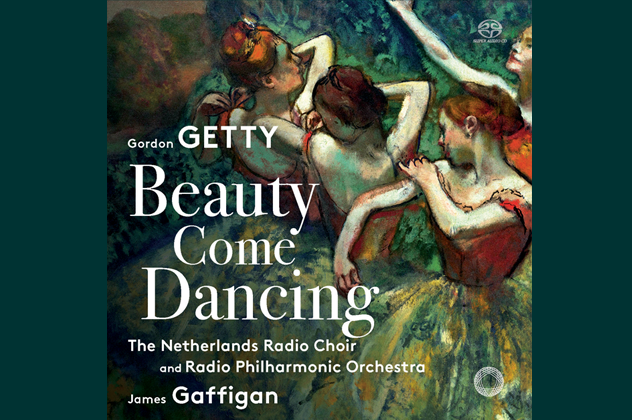“Love is an abiding theme here for both poets and composer, as is dance, first manifest in Getty’s take on John Masefield’s “Ballet Russe.” The poem references Chopin, and Getty, in the liner notes, has stated his “aim for tunes Chopin might have written, but didn’t.”
Jeff Kaliss
San Francisco Classical Voice
- For SATB chorus and orchestra
- Duration: 2:30
- Poem by John Masefield
Orchestration: harp, piano, violins, violas, cellos
(Piano reduction available)
Perusal score and text available upon request
Stream Ballet Russe on the album: Beauty Come Dancing
COMPOSER’S NOTES
Choral Pieces
“Beauty Come Dancing”
“Ballet Russe”
“There Was a Naughty Boy”
“For a Dead Lady”
“Those Who Love”
All these texts were set at the Salzburg Festival two years ago on my trusty 88–key Casio. I had written the text to “Beauty Come Dancing” at the Festival del Sole just before. The dance theme makes it a natural companion to Masefield’s “Ballet Russe.” There a ballerina dances to Chopin piano accompaniment. I aimed for tunes he might have written but didn’t. Although Masefield’s verse and mine scan in iambic pentameter, I set both to waltzes. That can be tricky.
John Keats heads my poetic pantheon, with Masefield a close second. I would choose the same two, in the same order, for comic poetry. Keats’ “There Was a Naughty Boy” is a delicious example.
E. A. Robinson, like Masefield, paid no court to modernism. “For a Dead Lady” and “Eros Tyrannos” build like Bach fugues. No poet surpasses him for cadence and the longer breath. Sara Teasdale’s “Those Who Love” shows the equal power of a lighter touch.
